USERS
Our users conduct rigorous data collection projects around the world with sensitive data they want to keep secure. They manage their resources carefully and value expert and responsive customer support.
That’s why leading organizations in over 165 countries trust SurveyCTO to power their work.
Watch this short video on how Innovations for Poverty Action (IPA) uses SurveyCTO to conduct randomized control trials (RCTs) and collect high-quality evidence.
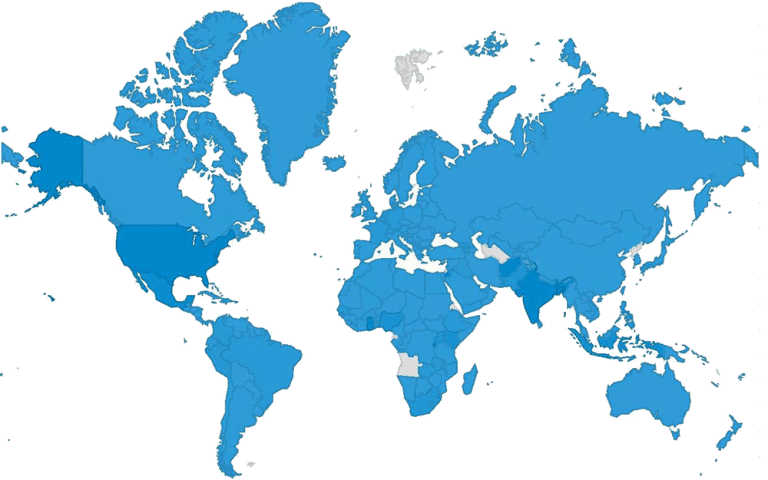
ORGANIZATIONS
Innovations for Poverty Action (IPA)
Georgetown University
World Bank Group
Abdul Latif Jameel Poverty Action Lab (J-PAL)
International Food Policy Research Institute (IFPRI)
Johns Hopkins University
Clinton Health Access Initiative (CHAI)
John Snow, Inc. (JSI)
SECTORS
Agriculture
Banking, finance, and microfinance
Education
Economics
Global and public health
Governance
Humanitarian aid and response
International development
Public policy
PURPOSES
Academic survey research
Baseline, midline, and endline surveys
Exit polling
Household surveys
Impact evaluations
Interactive simulations
Market research
mHealth applications
Monitoring and evaluation
Learn more about some of our users
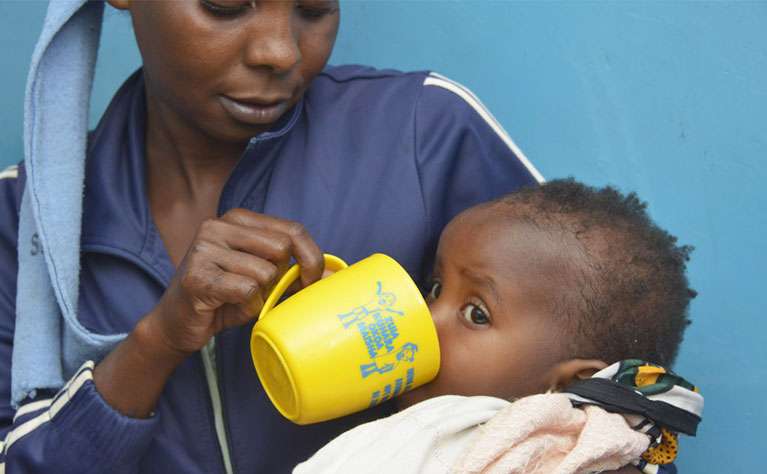
Clinton Health Access Initiative
Project: Essential Medicines Program
Sector: Health
Location: Uganda
Use: Monitoring and evaluation; Mentor guide
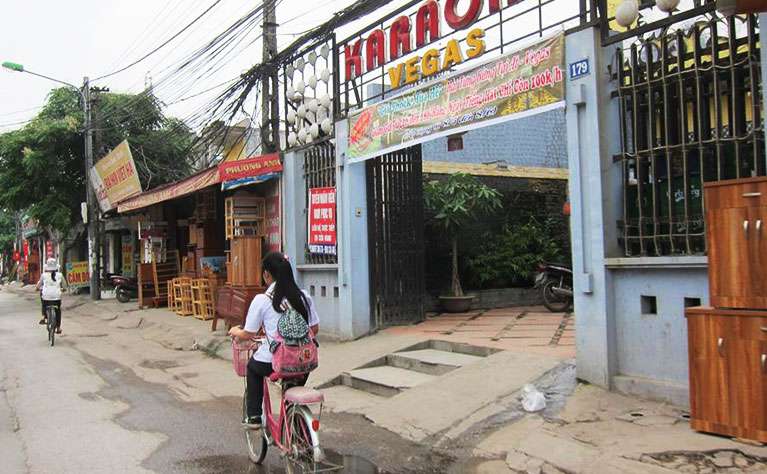
Johns Hopkins Bloomberg School of Public Health
Project: Global Early Adolescent Study
Sector: Youth, Health
Location: Global
Use: Longitudinal study
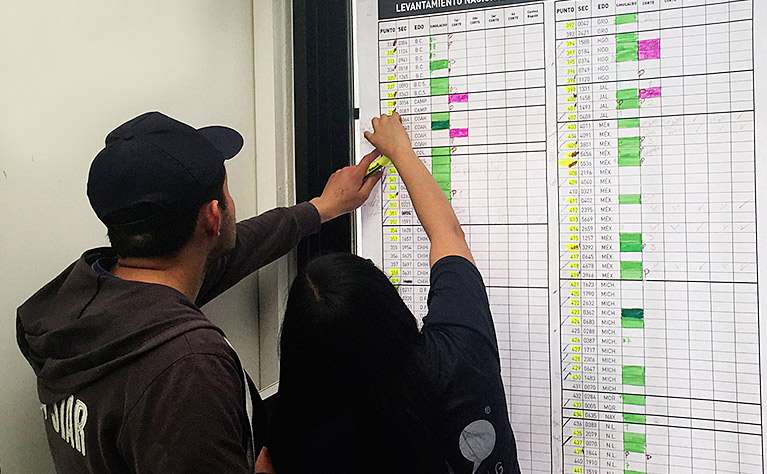
SIMO Consulting
Organization: SIMO Consulting
Project: Exit polling for the 2015 Mexico national elections
Sector: Governance
Location: Mexico
Use: Exit polling
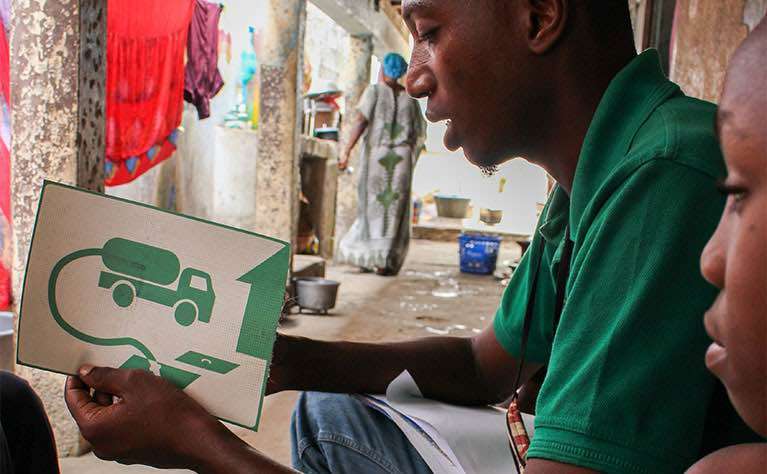
Innovations for Poverty Action (IPA)
Project: Market-based approaches to improving urban sanitation
Sector: Water, Sanitation, and Hygiene (WaSH)
Location: West Africa
Use: Household surveys
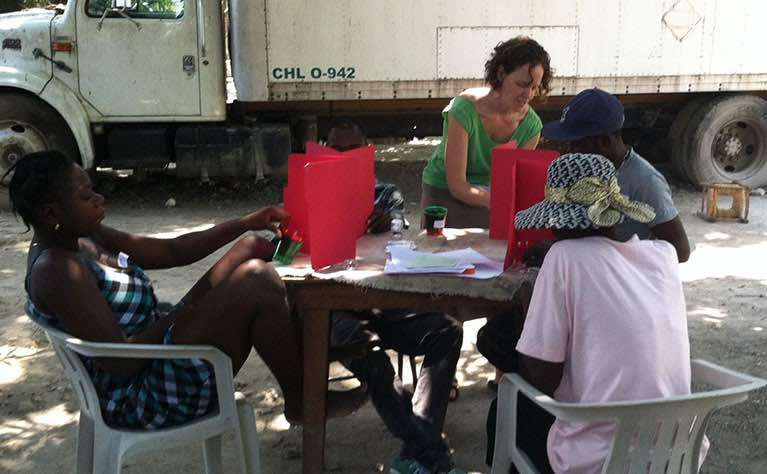
University of California, Davis
Project: Social behavior related to the provision and management of public goods
Sector: Agriculture, Economics
Location: Haiti
Use: Lab-in-the-field experiments

Abdul Latif Jameel Poverty Action Lab (J-PAL)
Project: Nurse-Family Partnership pay for success initiative
Sector: Health, Public Policy
Location: United States
Use: Project evaluation

The World Bank Group (WBG)
Project: The Kenya Patient Safety Impact Evaluation
Sector: Health, Public Policy
Location: Kenya
Use: Baseline survey; Facility inspections; Randomized controlled trial (RCT)

Elizabeth Glaser Pediatric AIDS Foundation
Project: Electronic tablets revolutionize HIV research
Sector: Health
Location: Rwanda
Use: Evaluation
Start a free trial to see how
SurveyCTO can be a solution for you.
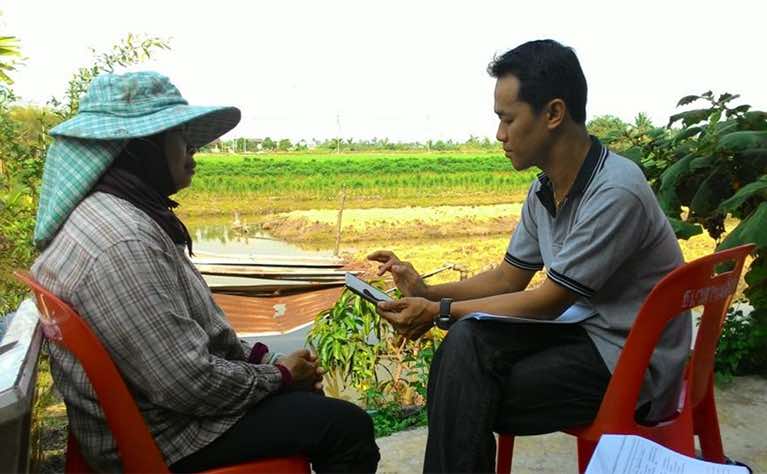
Oxfam Great Britain (GB)
Project: Mobile Survey Toolkit
Sector: Multi-sector
Location: Global
Use: Digital data collection
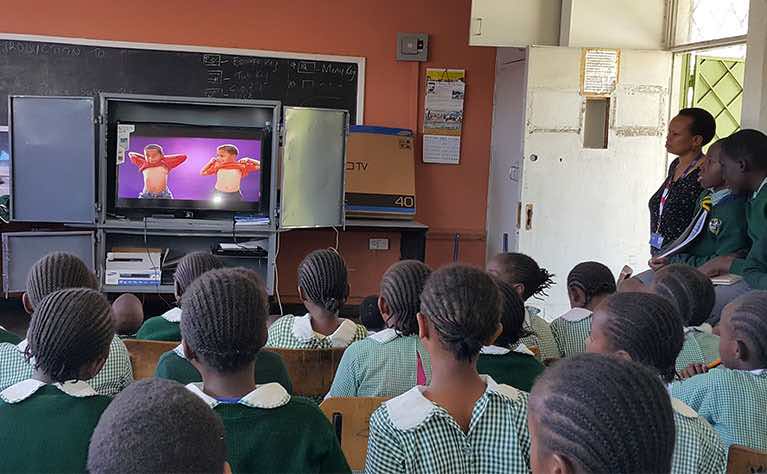
Social Impact
Project: Discovery Learning Alliance Discovery Girls Education Project
Sector: Education
Location: Kenya, Ghana, and Nigeria
Use: Impact evaluation
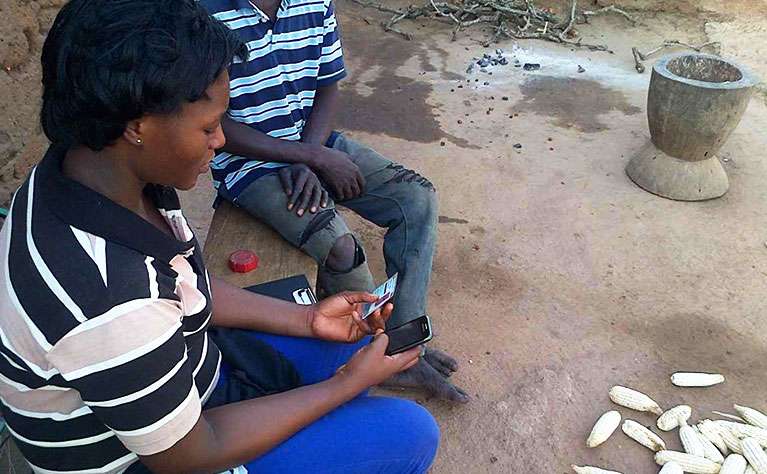
John Snow, Inc. (JSI)
Project: Evaluation of maternal, newborn, and child health programs
Sector: Health
Location: Ghana
Use: Impact evaluation

Harvard Kennedy School
Project: Pandemic simulation
Sector: Education
Location: United States
Use: Simulation
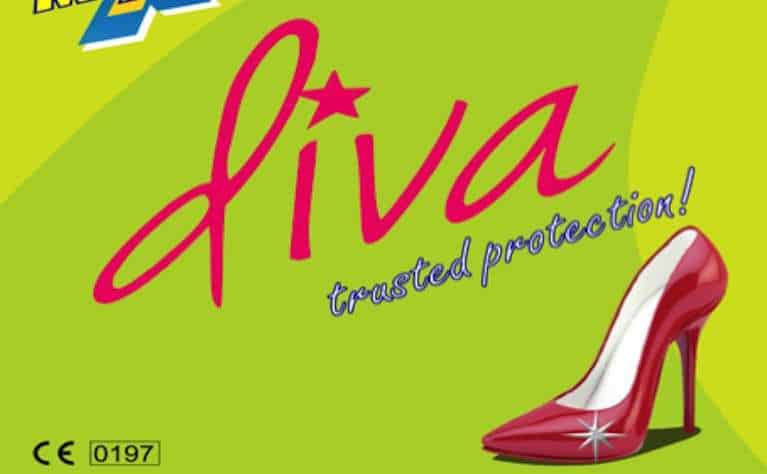
Innovations for Poverty Action (IPA)
Project: Interpersonal communication to encourage use of female condoms
Sector: Health
Location: Zambia
Use: Randomized control trial (RCT)

NEERMAN Research and Consulting
Project: Multiple projects
Sector: Multi-sector
Location: India
Use: Randomized controlled trials (RCTs); Impact evaluations
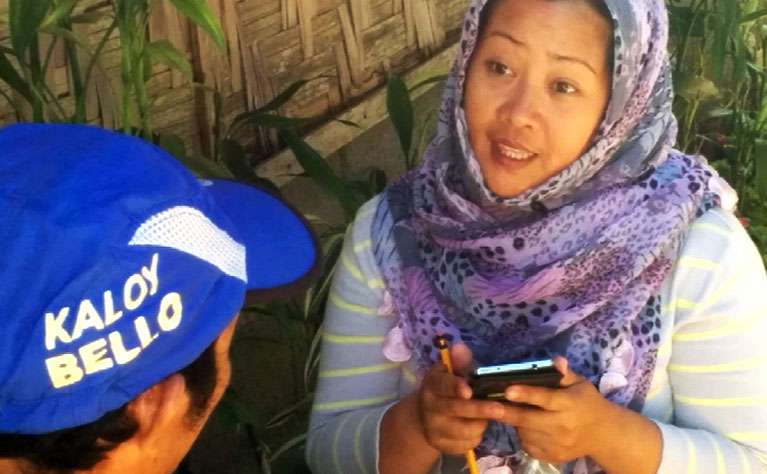
Oxfam Great Britain (GB)
Project: Going Digital: Using digital technology to conduct Oxfam’s Effectiveness Reviews
Sector: Multi-sector
Location: Thailand and the Philippines
Use: Effectiveness review
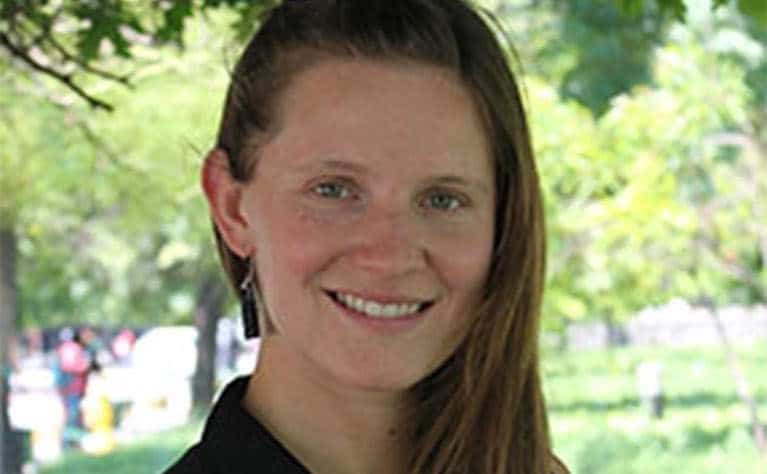
Abdul Latif Jameel Poverty Action Lab (J-PAL)
Project: Integration of migrants in Chile
Sector: Immigration
Location: Chile
Use: Randomized controlled trial (RCT)
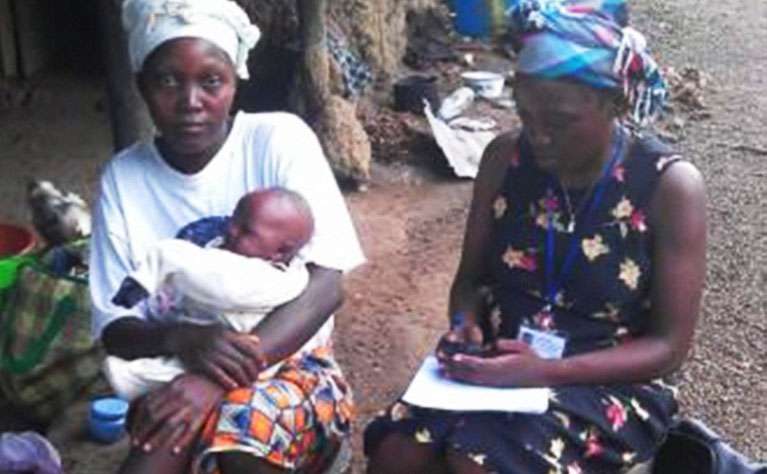
John Snow, Inc. (JSI)
Project: Essential Newborn Care Corps pilot
Sector: Health
Location: Sierra Leone
Use: Baseline survey

Educate!
Project: Skills-based training for secondary school students
Sector: Education
Location: Rwanda, Uganda
Use: Program assessment, M&E
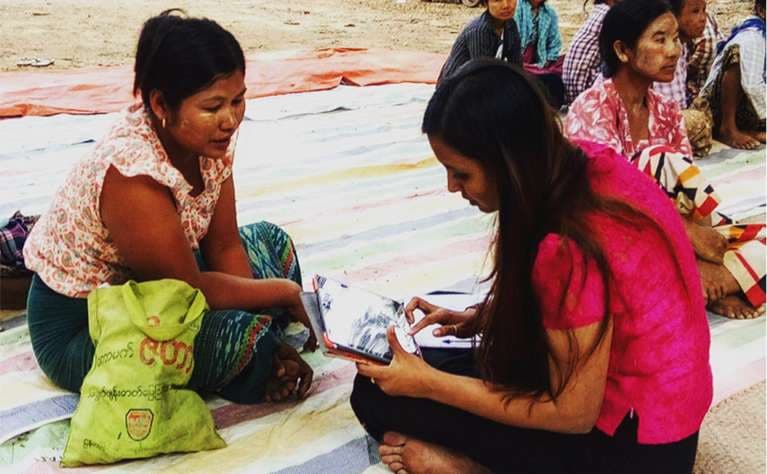
Barefoot College
Project: Women’s Barefoot Solar Initiative
Sector: Solar energy, Rural development
Location: 64 countries
Use: M&E, Inspections
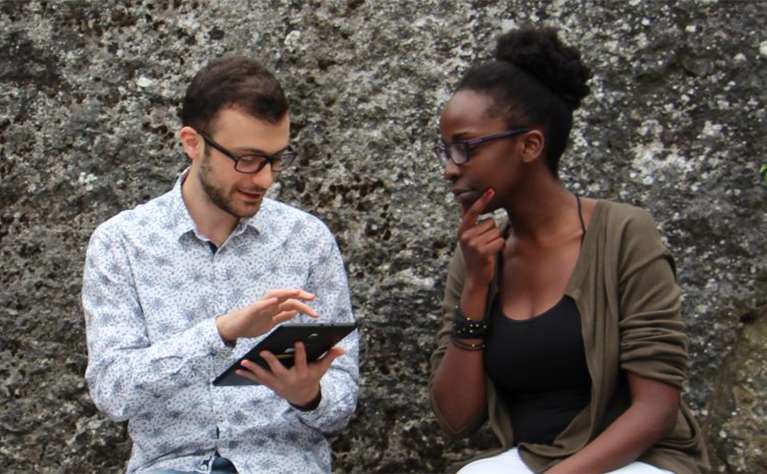
Université catholique de Louvain, Belgium, Université de Liège, Vrije Universiteit Brussel
Project: Understanding the experiences of people of African origin in Belgium
Sector: Demography
Location: Belgium
Use: Complex quantitative survey
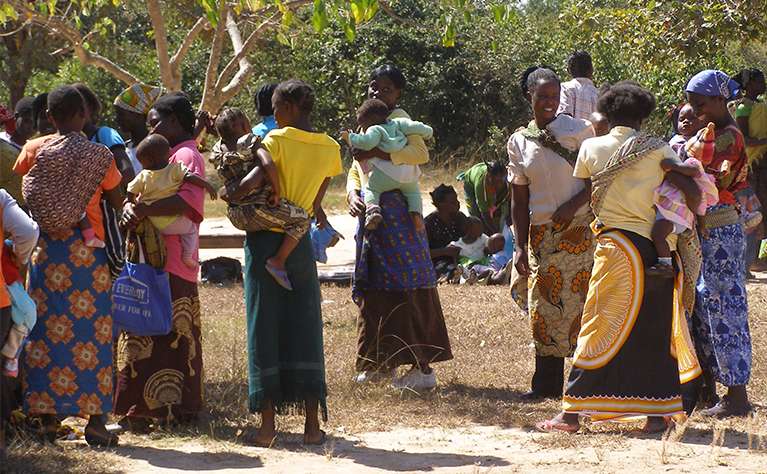
Boston University Center for Global Health and Development
Project: The prevention of nosocomial bacteremia and mortality among neonates
Sector: Health
Location: Zambia
Use: Implementation research
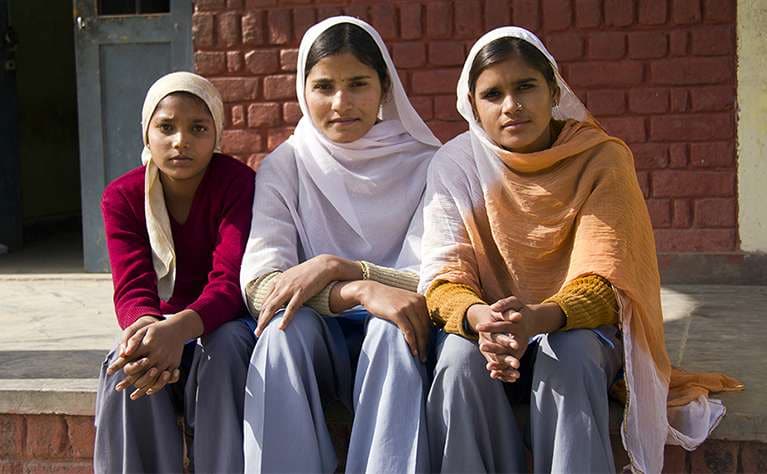
Population Council (PC)
Project: Impact of programs addressing early marriage
Sector: Health, Adolescent development
Location: India, Malawi, Mali, Niger
Use: Impact evaluation, M&E
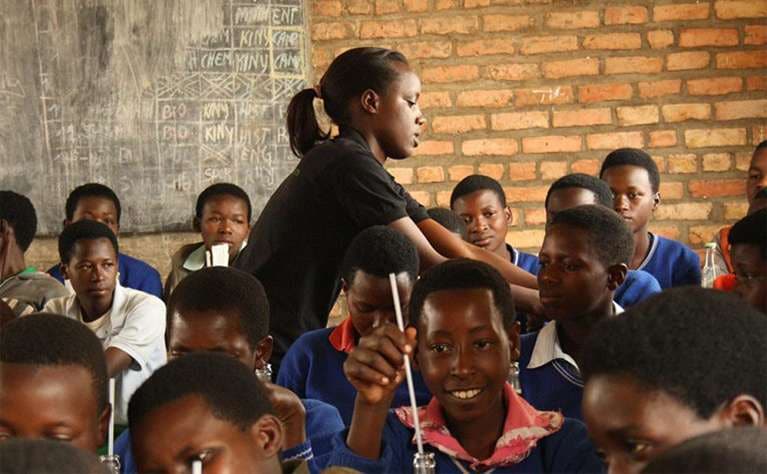
Laterite
Project: Scaling up enumerator training
Sector: Research
Location: Rwanda and Ethiopia
Use: Timed exam, Employee information management system
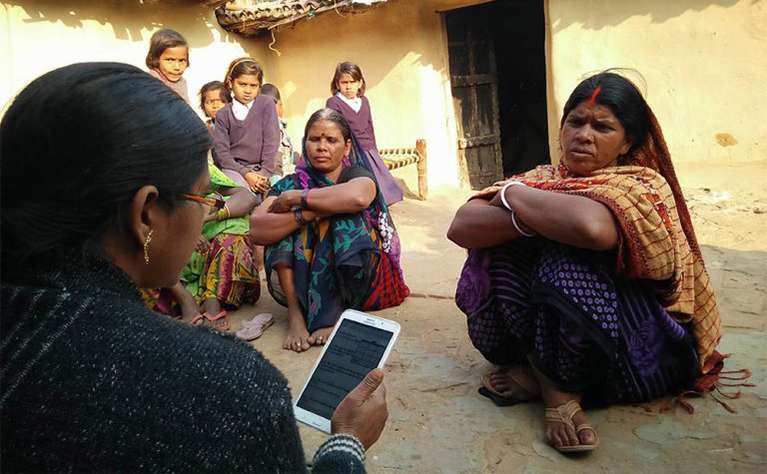
Outline India
Project: Understanding the use of forced child labor for mica mining
Sector: Research
Location: India
Use: Baseline survey
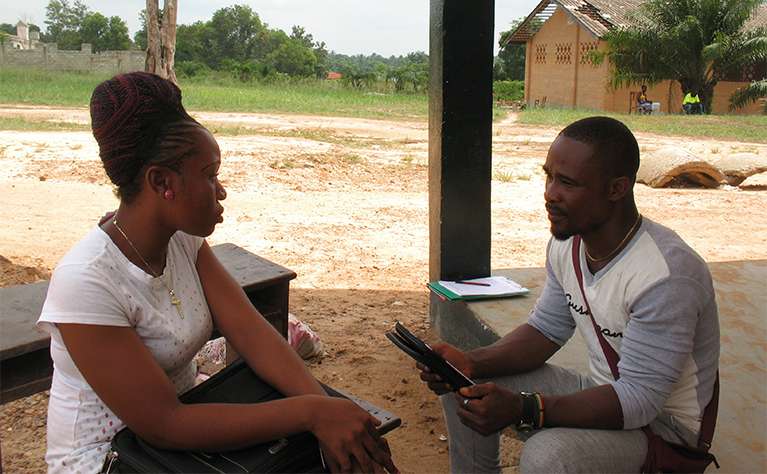
Mary’s Meals
Project: Impact of programs targeting childhood hunger
Sector: Education, Hunger
Location: Malawi, Zambia, Liberia
Use: Longitudinal quasi-experimental impact assessment
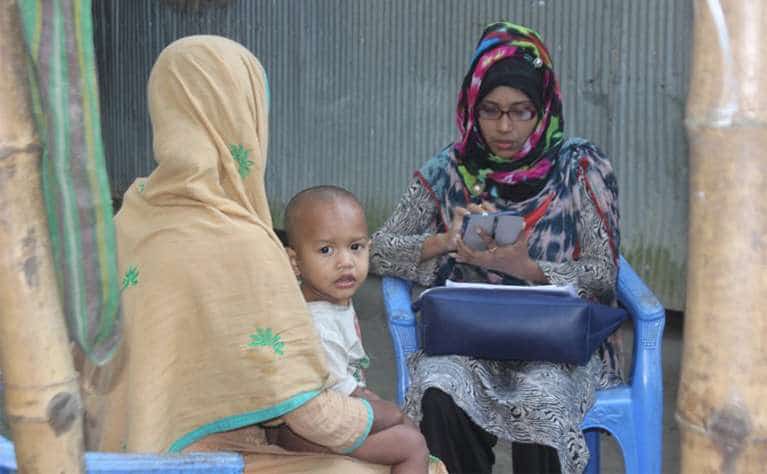
ARCED Foundation
Project: Studying the Ready Made Garments sector
Sector: Research
Location: Bangladesh
Use: Qualitative survey
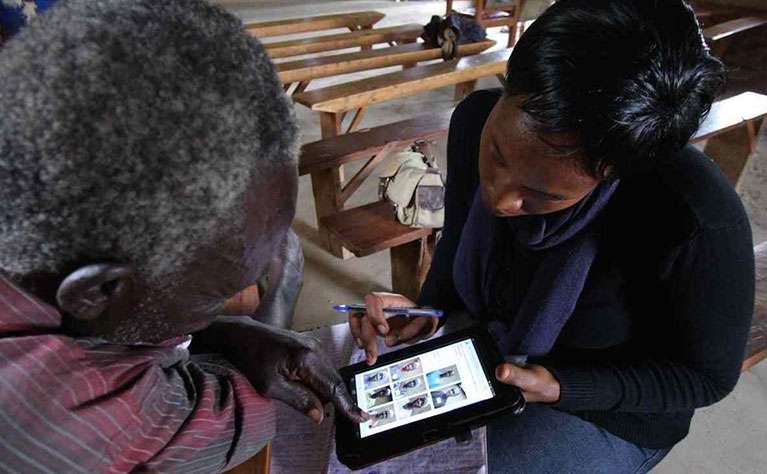
University of California, Davis
Project: Evaluation of hybrid maize seeds
Sector: Agriculture
Location: Kenya
Use: Impact evaluation
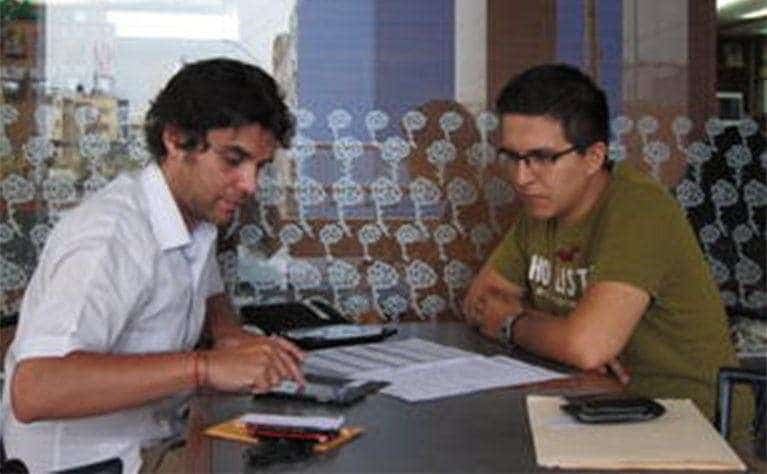
Innovations for Poverty Action
Project: Financial coaching
Sector: Consumer finance
Location: Peru
Use: Coaching guide
Learn more
SurveyCTO is based on Open Data Kit (ODK), the most widely-used open source platform for data collection. We added hundreds of improvements, hosting, documentation, and support, in order to increase its reach, usability, and power. Learn about how we compare to other platforms.



